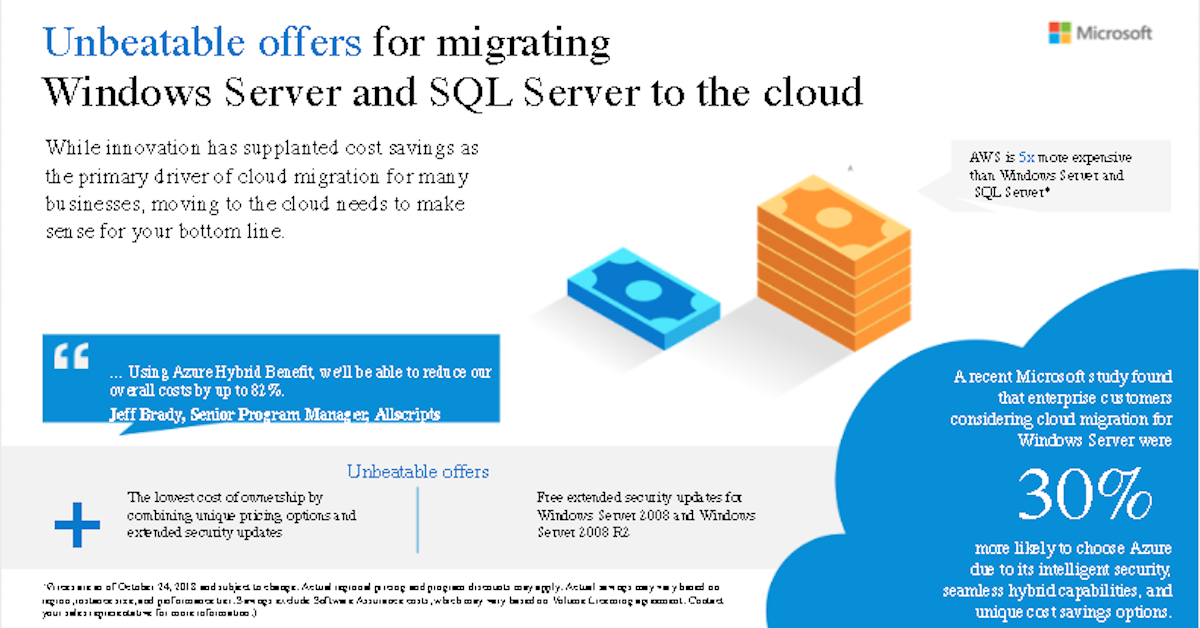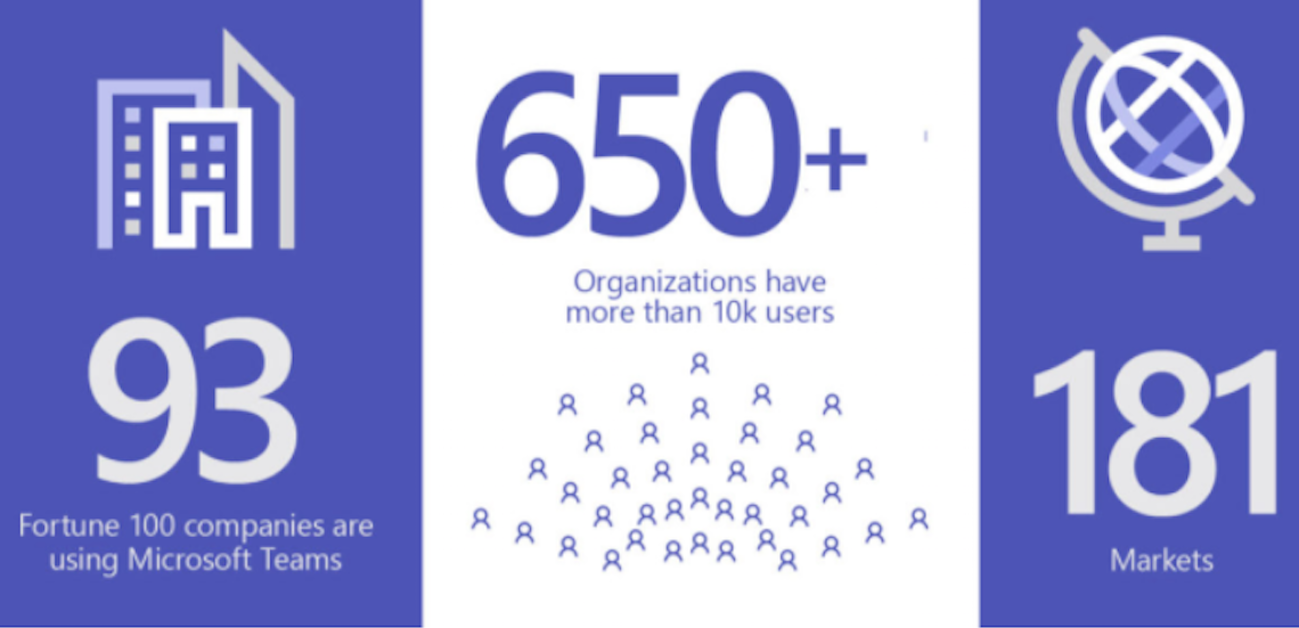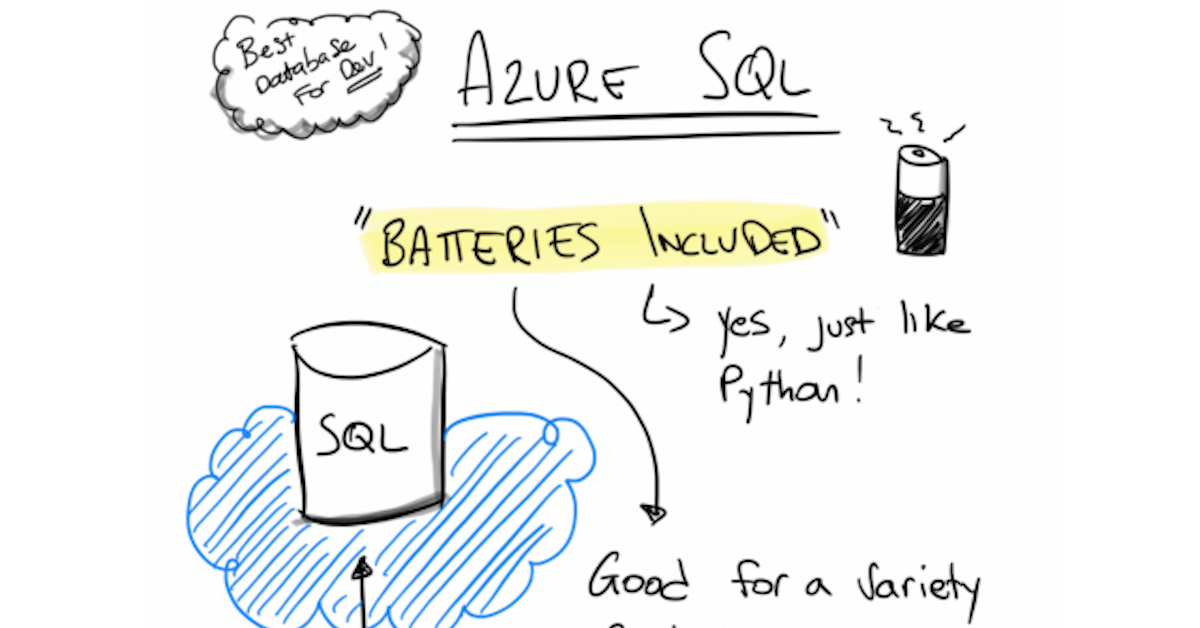Customize and expand your remote collaboration with @Microsoft Teams, keeping your team engaged, connected, and secure. Subscribe now!


Customize and expand your remote collaboration with @Microsoft Teams, keeping your team engaged, connected, and secure. Subscribe now!

Not long ago, the main way that major research institutes obtained the computing power they needed for new or ongoing projects was to invest in computing infrastructure, which required significant upfront investments and led to ongoing IT costs to keep the research going.
By switching to cloud computing, research organizations have discovered that they can increase their computing performance without investing in new physical servers or on-site infrastructure. The benefits of the transition are obvious: faster publication times, substantially faster data analysis, significantly lower IT spending, and increased collaboration among researchers, all thanks to improved data sharing and security.
Subscribe now to learn more about how the cloud, artificial intelligence (AI), and the off-premises data management capabilities of Microsoft Azure are empowering organizations—research and otherwise—across the world.

Not long ago, the main way that major research institutes obtained the computing power they needed for new or ongoing projects was to invest in computing infrastructure, which required significant upfront investments and led to ongoing IT costs to keep the research going.
By switching to cloud computing, research organizations have discovered that they can increase their computing performance without investing in new physical servers or on-site infrastructure. The benefits of the transition are obvious: faster publication times, substantially faster data analysis, significantly lower IT spending, and increased collaboration among researchers, all thanks to improved data sharing and security.
Subscribe now to learn more about how the cloud, artificial intelligence (AI), and the off-premises data management capabilities of Microsoft Azure are empowering organizations—research and otherwise—across the world.

While innovation has supplanted cost savings as the primary driver of cloud migration for many businesses, moving to the cloud needs to make sense for your bottom line. Learn about the unbeatable costs offers and benefits of migration to Azure cloud.

Microsoft Teams continues to invest in experiences that will make it easier for teams to communicate and collaborate. This article by Jared Spataro, Corporate Vice President for Microsoft 365, informs how new capabilities reflect commitment to two things: building the very best online meeting experience for customers and bringing technological solutions to traditionally underserved professionals, including Firstline and healthcare workers.
The latest features include new integration between Teams and RealWear head-mounted devices, real-time noise suppression during meetings, booking apps, pop out chats, the raise hand feature, and more

There are many new features that developers don’t know exist with Microsoft Azure SQL. Learn why Azure SQL is a post-relational, cloud-native database with these ten simple points, including complete storage control, complete monitorability, and full insights.

Large upfront costs can severely limit the scope and scalability of important projects. With major research institutes that work on projects where substantial volumes of data need to be analyzed, the investment in computing infrastructure for data processing can be a major concern. They need a solution that can ensure the proper scalability of research projects and eliminate the inefficiencies of having to constantly update, upgrade, or downscale on-site servers to address the data needs of specific projects. Fortunately, cloud computing is having an enormous impact on how research is done across the globe.
Watch this video to learn how the elasticity and scalability of Microsoft Azure has allowed genome researchers at Australian National University to access only the computational resources they need while delivering results faster than ever before.